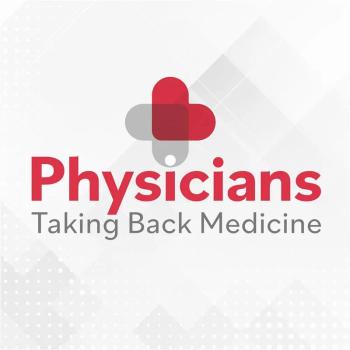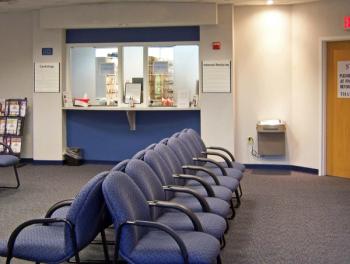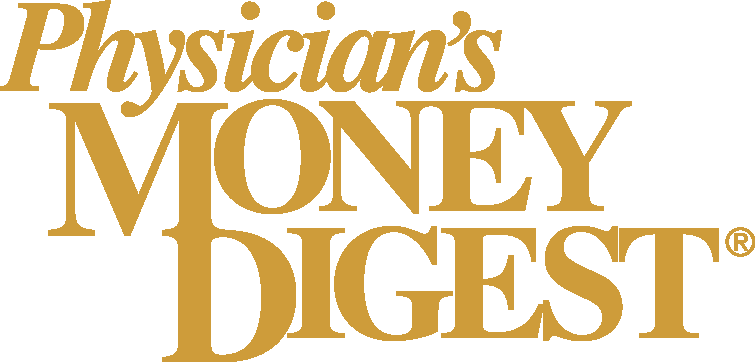
Embracing MAHA: Can physicians and other clinicians find advantages in movement to Make America Healthy Again?
Key Takeaways
- MAHA initiative seeks to improve health through primary care and oncology collaboration, despite potential policy challenges under current leadership.
- Cancer prevention and management are emphasized, with a focus on preventive behaviors, genetic screening, and early detection, especially in younger populations.
Panel discusses need for communication and importance of primary care in relation to oncology and cancer treatments.
Physicians and other clinicians could find ways to improve health of patients through President Donald J. Trump’s movement to Make America Healthy Again (MAHA).
Health care experts addressed the MAHA movement during
The atmosphere is tense at the intersection of health care and policy under the leadership of Robert F. Kennedy, Jr., as the president’s secretary of the U.S. Department of Health and Human Services. Speakers acknowledged the potential for rule changes, reductions in research funding, and less access to health care for people who use Medicaid for their health insurance.
But leaders in health care also can look for opportunities in the MAHA initiative. Speakers at the forum noted cancer is a nonpartisan disease, so fighting it generates support from people of all political viewpoints. A lot of cancers have become chronic conditions that primary care physicians will help manage.
“Is there indeed a connection between the MAHA push for prevention of chronic diseases in a certain form there, and what we’re trying to do here today?” asked moderator Clifford Goodman, PhD, a consultant in health care technology and policy.
“Absolutely,” said David O. Garcia, PhD, FACSM, associate professor in the Mel and Enid Zuckerman College of Public Health at the University of Arizona. He cited his experience working with his own children, and said health care experts should start instill knowledge in people starting at a young age. Preventive behaviors, genetic screening technology, and family history all can be part of a holistic approach, Garcia said. He added that the academic system may need new approaches to inform young people, though he and Goodman acknowledged health care as a whole has a challenge communicating with younger people.
“I think there's multiple segments, but I guess for this crowd, in particular, I would say, like, we have to embrace the change and evolve with it and realize that whatever’s gone on, we are going to be at the forefront of that change,” Garcia said.
Candice Roth, MSN, RN, CENP, executive director of AONN+, the Academy of Oncology Nurse & Patient Navigators, described attending an event earlier this year, where participants had the spirit of embracing and accepting change. She said it reshaped her focus relating to the MAHA movement.
“It was this idea of, why don't we get behind it and support it from a diagnostic screening, prevention, versus continue to fight it, and maybe think about all the things that are wrong with it?” Roth said. Her intention was not to delve into political debate.
“But I thought, well, that’s actually a really good idea, of how can we use this to our advantage to perhaps make policy changes or to perhaps get folks to listen to us as we think about, what do we need as an oncology community moving forward?” she said.
There may be limits to what MAHA can accomplish.
The majority of cancers cannot be prevented through lifestyle changes, said Asal Sayas, a former senior advisor on the health outcomes team in the White House Office of Science and Technology Policy. An advocate for the Colorectal Cancer Alliance, Sayas said more cancers are turning up in younger people, for example, even in marathon runners who eat healthy diets.
“I mean, who is not going to get behind an initiative that wants to make America healthy again?” she said. “We all know that there are, you know, certain correlations with some cancers.”
But it’s also a very complex disease and health care professionals should not say, by eating this, you’re not going to get cancer, because that is not the truth, Sayas said, and Garcia agreed.
Goodman returned to the question about making young people aware of things they can prevent and things that can be detected if they think about cancer earlier in life. That entails first having a relationship with a primary care physician, then encouraging the doctors to look earlier for risk factors and genetic factors.
The United States does not have ideal conditions for that to happen.
Larissa Nekhlyudov, MD, MPH, a primary care physician and professor of medicine at Harvard Medical School described her experience at an international conference on cancer and primary care.
“In other countries, every person is assigned a PCP, and they just have a primary care physician,” she said. Patients having designated primary care providers could be a potential policy model for the United States. That is easier said than done, Nekhlyudov added. She practices at Brigham & Women’s Hospital in Boston and is clinical director of internal medicine for cancer survivors at the Dana-Farber Cancer Institute. In the Boston, Massachusetts, area, patients wait six months or more for appointments with primary care physicians, she said.
The United States also is heavy in medical specialty care, while other countries focus heavily on primary care as the specialty that promotes health, Nekhlyudov said.
“So maybe MAHA could also make that shift happen,” she said.
“That’s optimistic,” Goodman said, but the advocates can hope it happens.
Newsletter
Stay informed and empowered with Medical Economics enewsletter, delivering expert insights, financial strategies, practice management tips and technology trends — tailored for today’s physicians.















